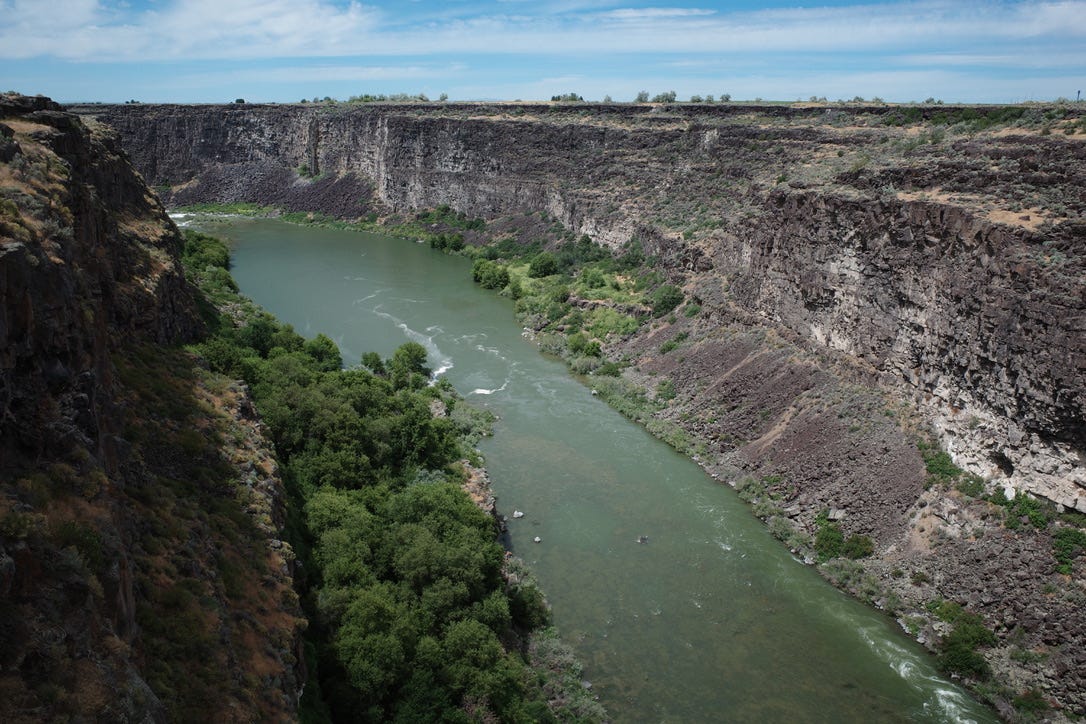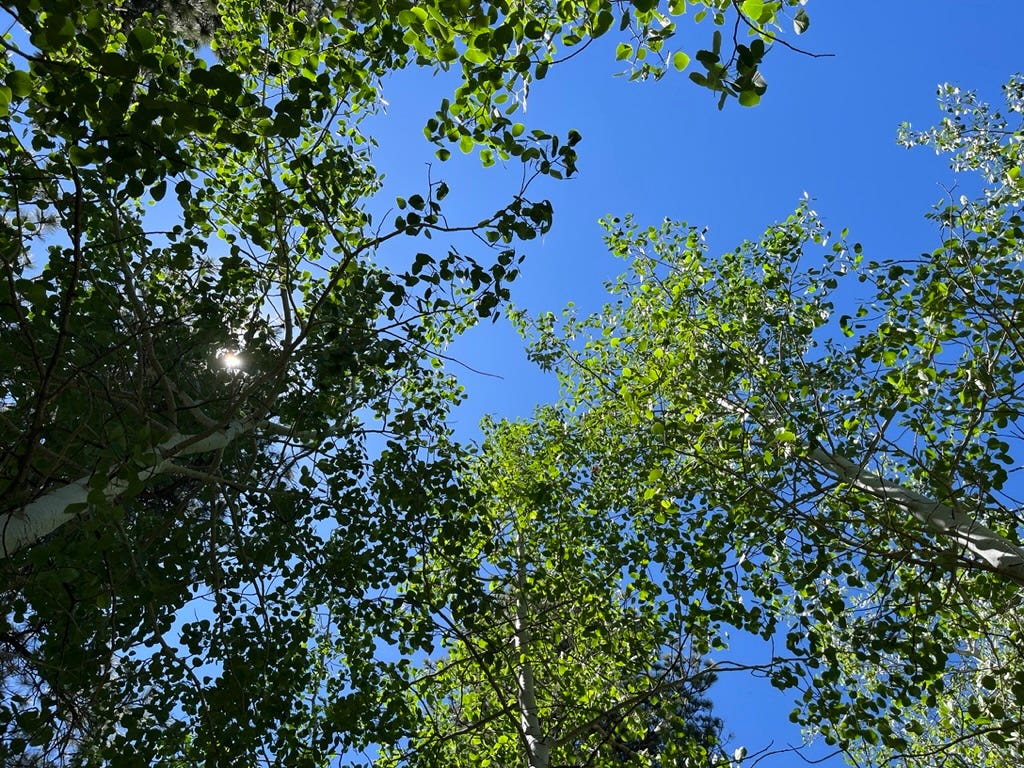Welcome to Western Water Notes.
To get all my posts in your inbox, click the button to subscribe below. This newsletter is free, but if you find my work valuable and want to support it, please consider the monthly or yearly subscription plans below. You can also support my independent journalism by sharing these posts with friends or on social media. As always, drop me a line with feedback or suggestions.
Last month, I spent some time in Idaho to report on the state’s short-lived order to curtail groundwater pumping across about 500,000 acres of farmland. The scope and the timing of the curtailment caught my attention. Roughly half a million acres. It’s a large amount of land to cut off mid-irrigation season. In total, it’s roughly a quarter of the land irrigated in southeastern Idaho for grain, barley, corn, alfalfa and potatoes.
My story for InsideClimateNews ran over the weekend. Here’s the gist:
This summer, a short-lived curtailment order brought a dispute to a head between farmers irrigating from the Snake River and those dependent on groundwater. Without a long-term plan to share water, the cuts could come back next year.
The curtailment order would have had a devastating impact on several communities between Twin Falls and the Wyoming border. And it created a huge outpouring on social media (along with some conspiracy theories fit for the times). By the time I got to reporting out the story in late June, irrigators on each side of the issue had reached a short-term deal with the help of the state’s top politicians. But the long-term context that drove the curtailment remains a key issue, not only in Idaho but across the West.
At issue is how to equitably manage a physical reality against a legal system that had historically ignored that very reality. The physical fact: Groundwater flowing through the massive Eastern Snake Plain Aquifer feeds the Snake River through groundwater-fed springs. Pump too much water from the ground and you alter how much water is coming out of the springs and thus flowing into the river. But the legal system — not only in Idaho but across the West — traditionally viewed the two sources as separate.
Eventually, the physical reality caught up to everyone. And in the 1990s, the Idaho Supreme Court recognized the connection between the two sources. Once managed separately, the state would have to figure out how to manage them together within a water law where rights are prioritized by who claimed the water first. This gave those with water rights to the Snake River a big legal upper-hand. They got there first and held priority “senior” rights. But politicians had also made all these economic and social commitments to those with groundwater — even encouraging them to switch from surface water and drill pumps to bring more irrigated acres online. What was the state’s responsibility to them? Would they have to curtail their water, all at once and all together, because the rules changed. After years of disputes, everyone was able to, over time, come to a settlement and a mitigation plan to offset the effects of pumping.
But the settlement began to break down in recent drought years (you can read more about that in my new piece). The big point: Managing surface water and groundwater is hard, even if it reflects a more accurate (albeit complex) understanding of the water cycle. It’s really not so surprising the curtailment spawned so much misinformation.
Why does this all matter?
This is an issue playing out all across the West, notably in Nevada, where the state Supreme Court issued a ruling that recognized the connection between groundwater and surface water. A takeaway quote for me came from a state regulator I interviewed:
“The impact that declining aquifers has on river flows and senior surface water rights is going to become one of the major issues that Western states have to grapple with in the 21st century,” said Brian Patton, the deputy director of the Idaho Department of Water Resources.
The Idaho story is worth looking at too because Idaho got to this place decades before other states, recognizing that the two separate sources were separate in law only — and that physical realities would ultimately prevail. The state instituted “conjunctive” management rules in the mid-1990s. Idaho is also a headwaters state, giving it more flexibility to move water around or lease surface water to “mitigate” over-pumping.
Drier states might not have that same flexibility.
And it’s also a place where there are solutions on the table. They all cost money, but they are there. They include recharging aquifers and investing in more efficient use. Many people I interviewed also emphasized the need for more (and more precise) data.
When I asked Patton what he had learned from the Idaho experience, he said you have to know the groundwater “inside out” — “If states do intend to administer their water rights conjunctively within the same administrative system, you have to invest in a very deep bench of groundwater hydrologists, groundwater modelers, and develop the best groundwater models you possibly can and get the best monitoring information.”
More to come on groundwater and surface water connections.
Until next time,
Daniel






